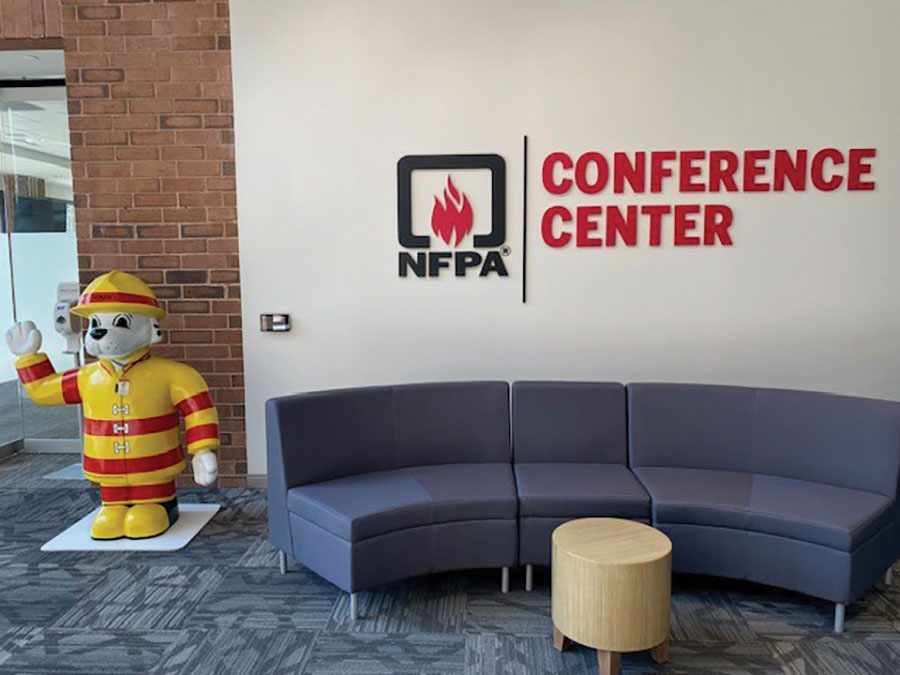It was a small task, really; I don’t know why I kept putting it off, particularly in light of the touted return on the investment. Maybe I simply didn’t believe replacing the incandescent light bulbs in my house with CFLs could really lower my monthly light bill by half. Or even by a third!
My procrastination is not unlike that of so many—if a task is not urgently pushing itself to the top of our agenda, it doesn’t get done.
Green Lighting and the Smart Grid
Articles on green lighting and the smart grid are urgently pushing themselves to the top of this issue. In the Energy Independence and Security Act of 2007 (Pub.L. 110-14, originally named the CLEAN Energy Act of 2007), Congress mandated that usage of the incandescent bulb should be phased out by 2014. A new frontrunner replacement, the LED, is featured in three articles in this issue. Jonathan Cadd shows the various ways LEDs can be used in residential, commercial and health care facilities, while treating us to a small history of electric lighting.
Jim Frazer writes that LED adaptive lighting has virtually taken over public lighting and the Smart Grid. He demonstrates how lighting, signage and traffic signals are the most numerable fixed assets of roadway infrastructure. In a look at the integrated electrical and lighting management system (ELMS) in Minneapolis, which covers twenty-six blocks of the downtown business and entertainment districts, he reports that the ELMS includes individual streetlight control, monitoring and scheduling.
UL Question Corner shows us various rarely seen LED Edison screw-type base lamps and explains the listing for them and for LED tube lamps.
Photovoltaic
John Wiles takes a diagrammatic approach to explaining the connection of utility-interactive inverters to the premises wiring and to the utility. In his usual clear and concise style, he walks us through the process.
Ground Fault
The increase in photovoltaic system installations inspired Ed Larsen, Bob LaRocca and Jeff Hidaka to investigate “whether or not circuit breakers with ground-fault protection for equipment can be backfed.” Their article answers six major questions that are appropriate to PV installations and to any application that incorporates GFPE.
Ground-fault features large in this issue from testing the protection system to backfeeding devices to marking requirements. Howard Herndon discusses zero sequence, residual sensor and internal ground-fault systems—the most common methods of ground-fault protection on low-voltage single source systems. Then he gives five essential steps for testing and approval.
New fault-current marking requirements in NEC-2011 prompted Dan Neeser to explore what is actually being done and how to comply — whether the installation is new or already exists. Plenty of diagrams and photos illustrate his points.
Residential
Residential inspections come to the forefront again in Randy Hunter’s Code training article, which continues with Chapter 1 definitions and the Code arrangement. While tailored for the combination inspectors who are responsible for inspecting to three or four codes, this article is an excellent review for those who are facing license renewal testing.
Thomas Domitrovich also looks at residential, but from the standpoint of small DIY projects escalating into major safety issues over time. He urges professional electricians and inspectors to help homeowners “navigate and resolve the electrical safety issues they uncover.”
Canadian Issues
Ark Tsisserev poses two questions: (1) Who is to say what constitutes an essential electrical system? and (2) What power supply arrangements must be provided for the loads of this essential system? With his usual precision, Ark lays out the code rules that answer these questions.
Meanwhile, Les Stoch focuses on the number of requirements applicable to Class I explosive gas atmospheres, when classified with either the European Zone or North American Division methods. He discusses both similarities and differences.
Field Testing 600-Volt Cables
Jeff Jowett says, “A roomful of engineers may argue all day, and testing of cable can be harmful if improperly conducted. But a reliable body of information exists to describe procedure and interpretation.” He then presents the most basic and fundamental test, insulation resistance, and builds a case for its use and gives guidance for its implementation.
And then we are back to another small lighting task, should I really replace all those CFLs with LEDs? Is there a possibility that I could reduce the light bill even more?










Find Us on Socials